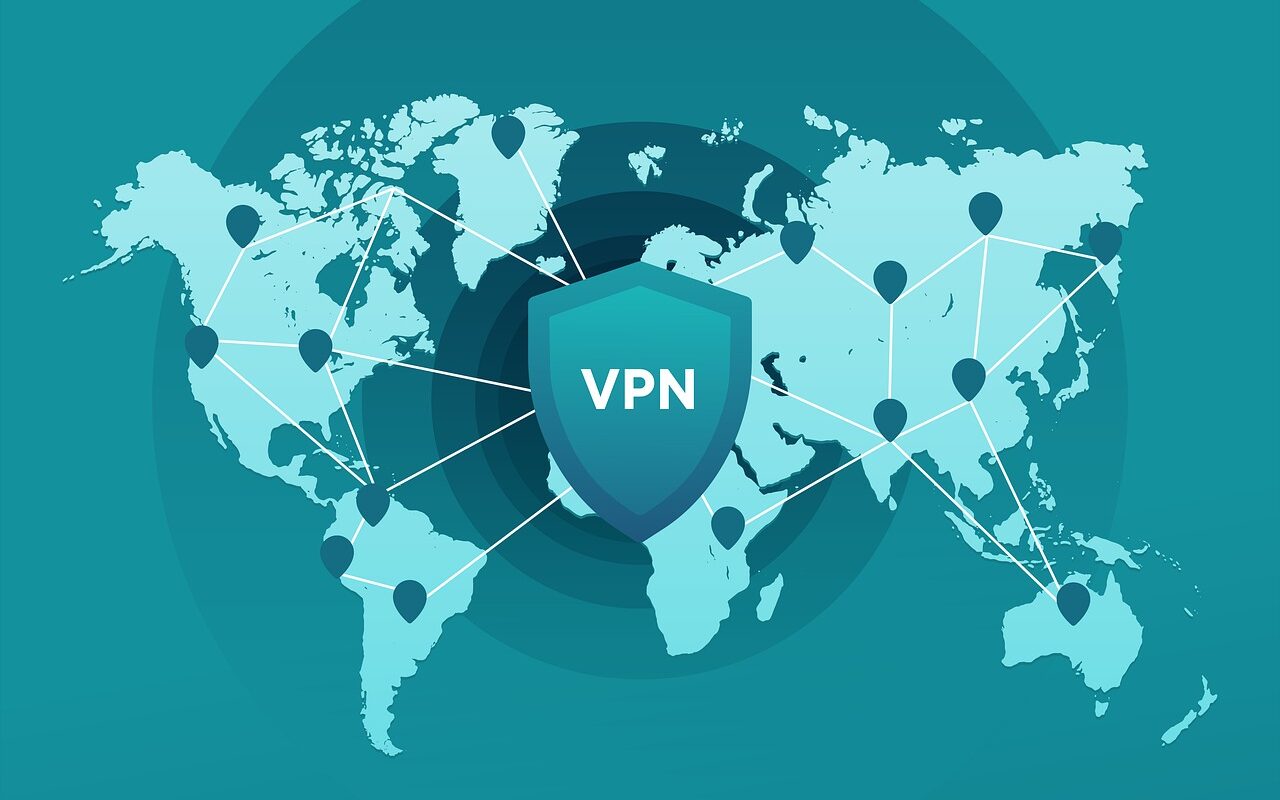The dreaded buffering sign is something no one likes to see, especially when it comes to browsing and streaming. Unfortunately, Buffering or lagging can occur even while using even the best VPN for streaming services due to the encryption process taking place to protect your data.
While a slight decrease in connectivity is acceptable, lagging and buffering over some time can be hectic to deal with. Using a virtual private network can already decrease the speed of your connectivity by 50%. Since this decrease is unavoidable, it is necessary to retain the leftover connection speed so that your browsing is smooth.
If your VPN isn’t providing you with the speed you require, here are a few tips and tricks that can help you improve your VPN speed.
Check where the connection is lagging – Is it your connection or the VPN?
Before we set out to suggest any tips and tricks that will help you speed up your VPN connection. It is important to check where the actual connectivity issue is taking place. Sometimes a connectivity lag can occur from our internet connection rather than our VPN service.
To check where the lag is occurring, we suggest, first of all, turning off your VPN service. By turning the service off, you can check your internet connectivity properly. Then, browse the internet using your connection so that you can determine the speed of your connection.
Once you have determined that internet connectivity is not an issue, you can move on to our tips and tricks to enhance your browsing experience with high-speed connectivity.
Switch to a server location close to you
Switching your server location is one of the easiest but most effective tips for increasing connectivity. The closer the connecting service is to your location, the better your connection and speed will be.
Connecting to a server further away from your results in latency due to the response time between servers. This isn’t particularly helpful when streaming services or browsing ask for a particular region for access. In this case, you might have to deal with lags and buffering to view the content.
For general browsing and streaming, switching to a server location close to you is more useful in conserving your connection and speed. Some VPN services also offer a speed test service, which tests the speed of connectivity, suggesting the best servers based on speed.
Connect using a different VPN Protocol
VPN Protocols are the general instructions between your device’s VPN and the VPN servers. This protocol determines how securely a connection can be established; different protocols have their particular advantages and disadvantages. This is why switching from one protocol can, at times, increase the speed of connectivity.
Some protocols might be willing to sacrifice performance to maintain a secure connection. Vice versa can also occur, which is why it is important to consider changing protocols based on proper research.
Try connecting to a low-burden server.
A large load on a server can cause the speed of connectivity to lessen. This is due to a large number of people being connected to a server, bringing down the connectivity of the whole server.
Some VPN providers display the current server load on their applications or websites. This helps the users select servers based on the server loads. The server with a lighter burden generally has a faster speed.
Split-tunnel your connection
Enabling the Split tunneling option on your VPN device, Splitting the traffic allowing you to send the traffic you need through the VPN while redirecting the other traffic via your regular connection. This helps boost your connection speed.
Split tunneling is helpful, especially for streaming and online gaming services. You can allocate the traffic from the streaming service, redirecting the other traffic away from the VPN connection and allocating it to the regular internet service.
Wire up your connection
A wired-up connection offers higher connection speeds as compared to wireless connections. Wireless connections can have several devices connected, driving down the connection speed.
A wired connection ensures undivided connectivity to your device. This, in turn, increases connection speed.
Close background Applications
Background applications can cause the connectivity of your device to lag. This is due to sharing of the connectivity between these applications. Taking the time to close down these background applications can help conserve your connection speed.
Clearing up the background applications can reduce the bottleneck. However, the potential bottleneck might be causing your device’s speed to lag and cause buffering.
Restart your device and router
Rebooting and restarting your device can help refresh the device, refresh the RAM, and get the device to work optimally.
Your operating system might be overwhelmed, processing the large number of data encryptions that your VPN service provides. These encryptions, although important, cause the processing system to slow down. Restarting the device can refresh the operating system, making it perform effectively andfaster.
Restarting your router can be helpful if you still notice a lag in connectivity speed. Restarting the router helps refresh the connection and eliminate the accumulated junk. Accumulated junk can bring down the speed of your connection. This causes your connection speed to lag and slow down.
Boost your VPNs Speed the right way
Internet speed is important for any browsing. A faster connection helps you browse faster and with ease. Stop the lags and buffering in their tracks and connect with ease.
Our tips are designed specifically to help you achieve optimal VPN speeds to enhance your browsing experience. Enjoy the accessibility and security of a VPN with fast-speed browsing with our tips.
Happy Browsing!!






